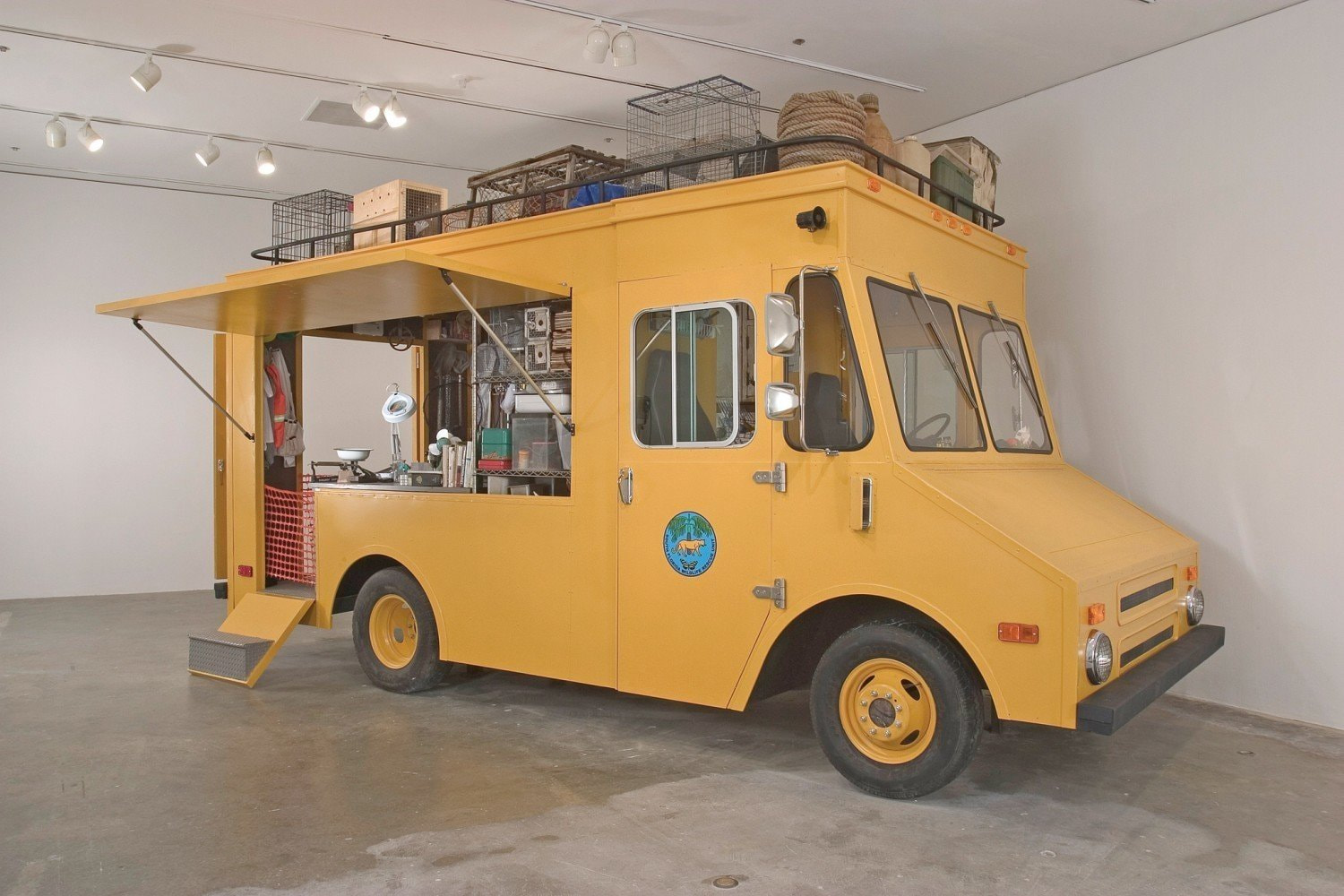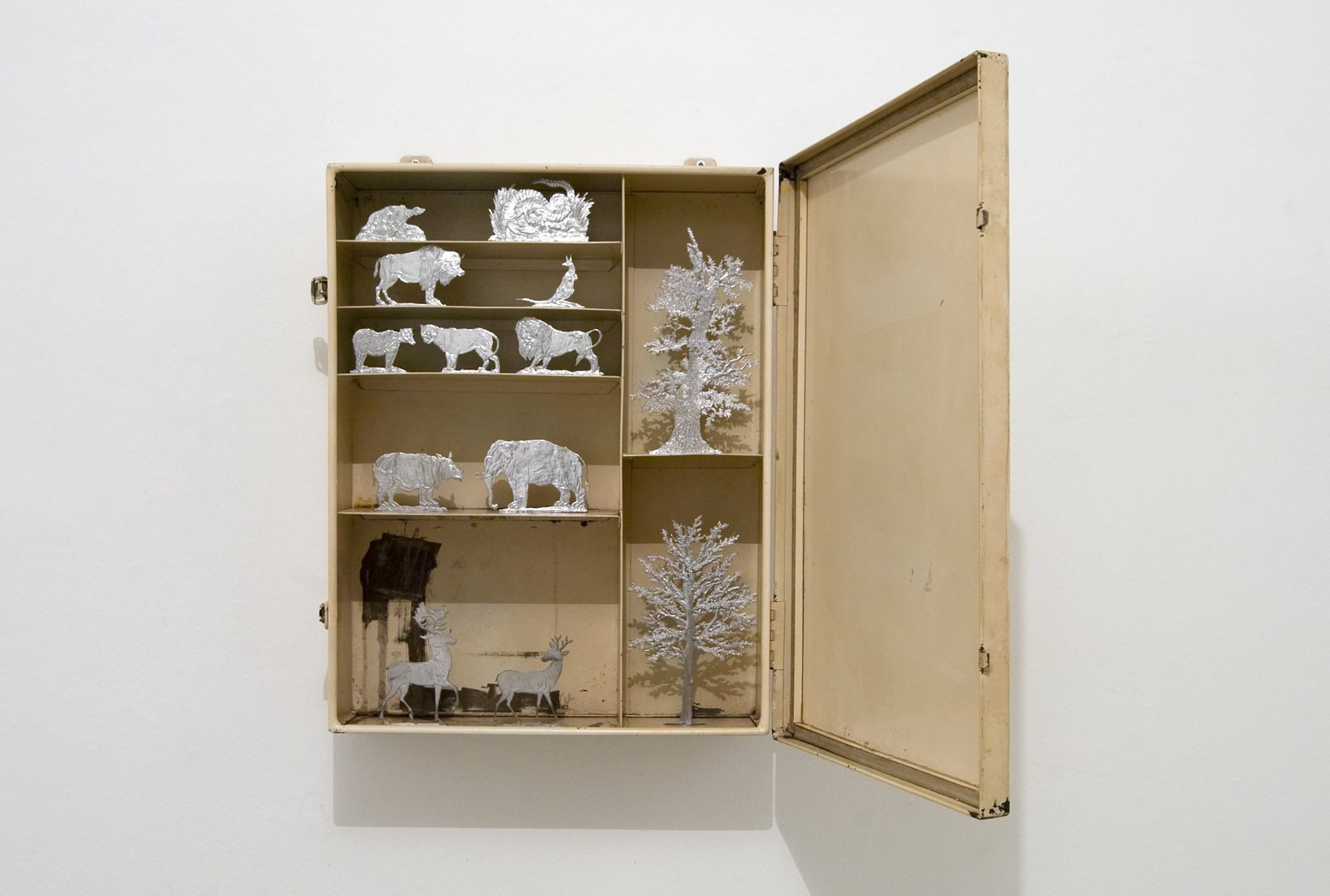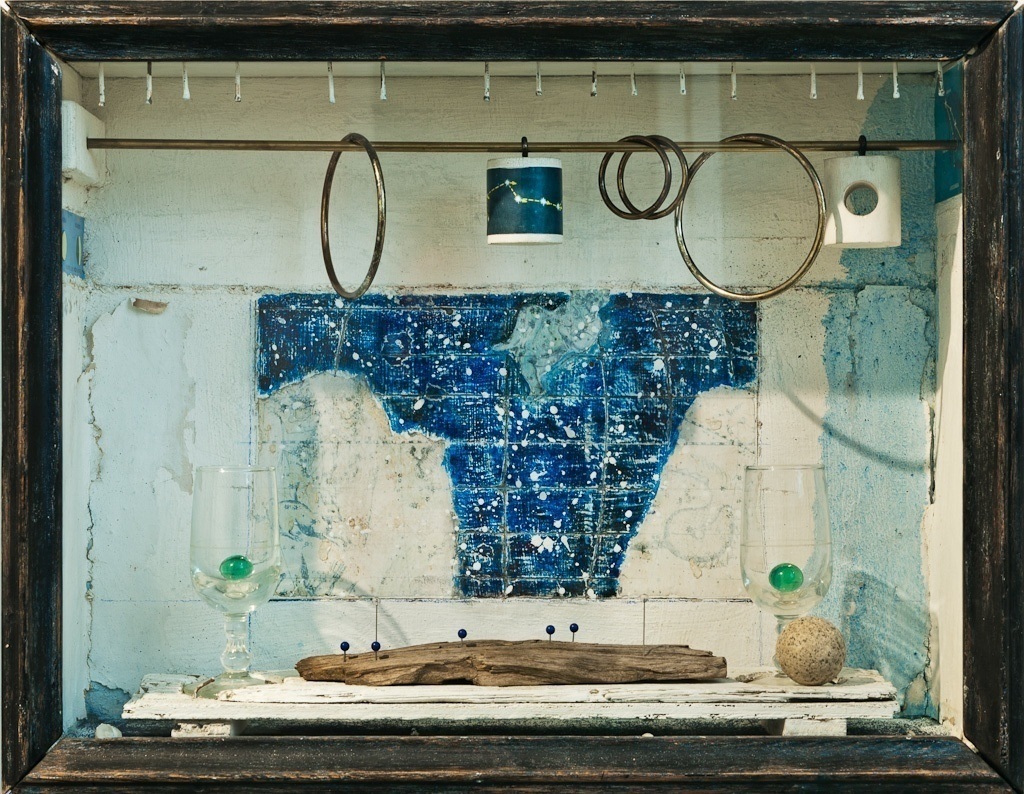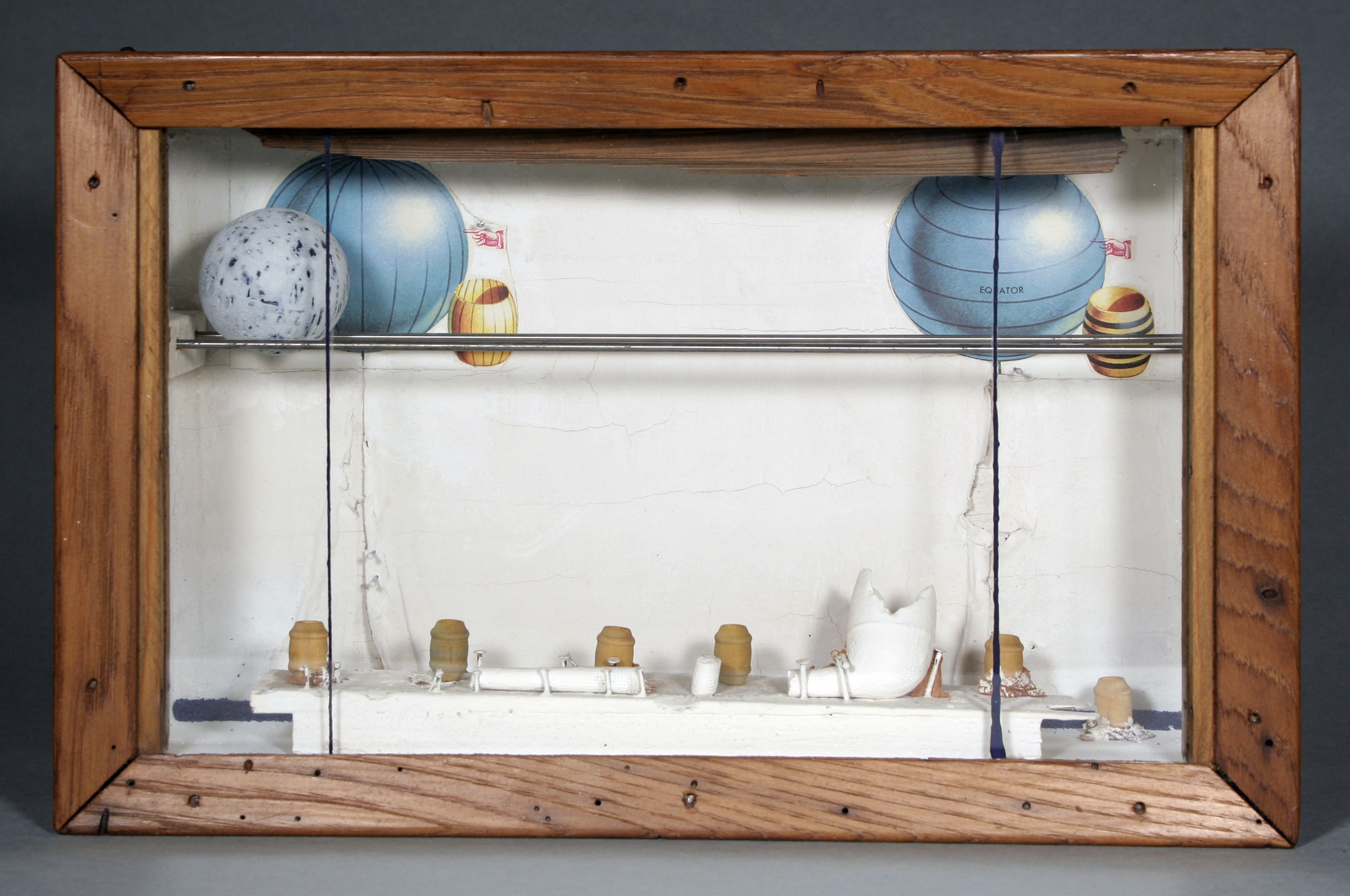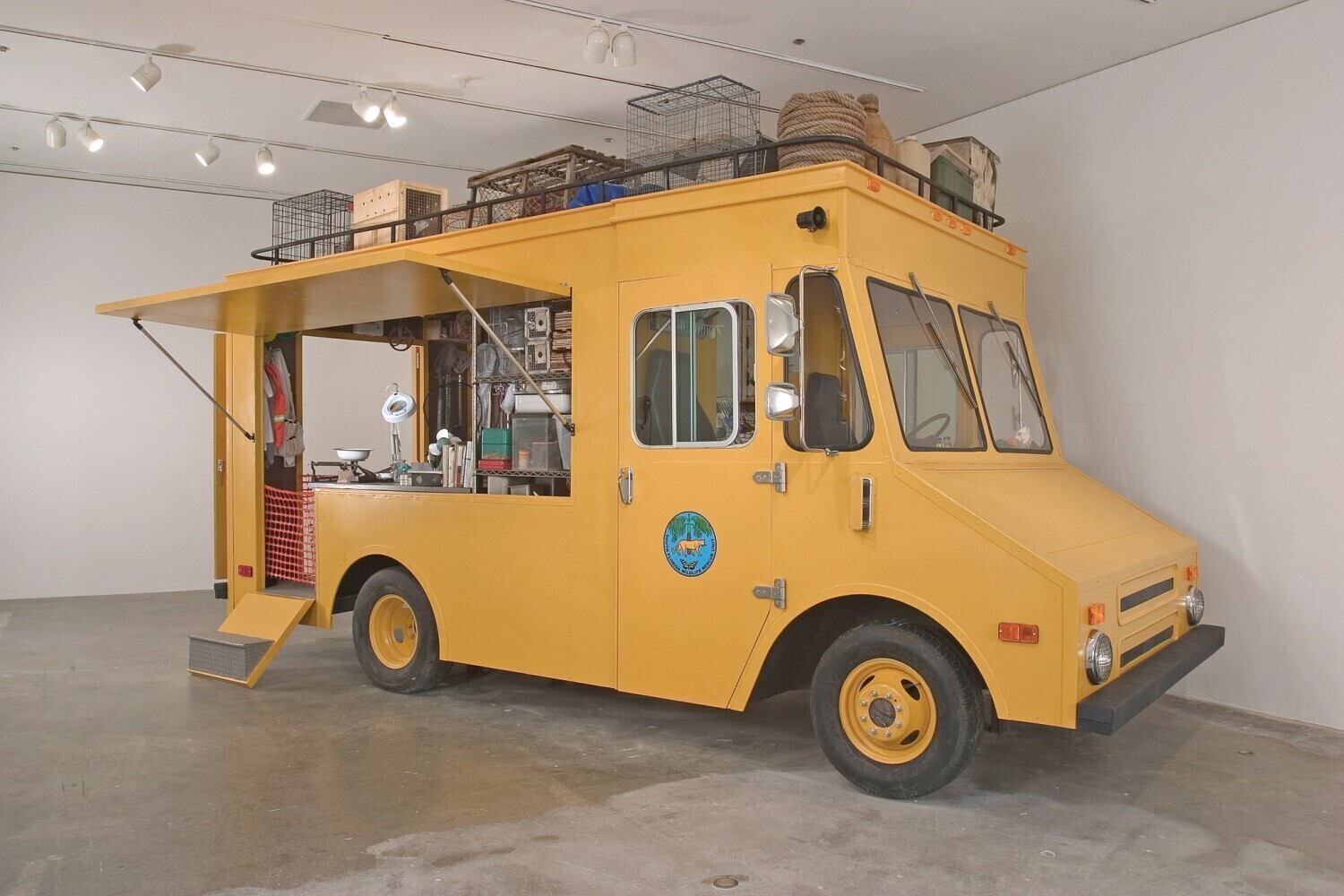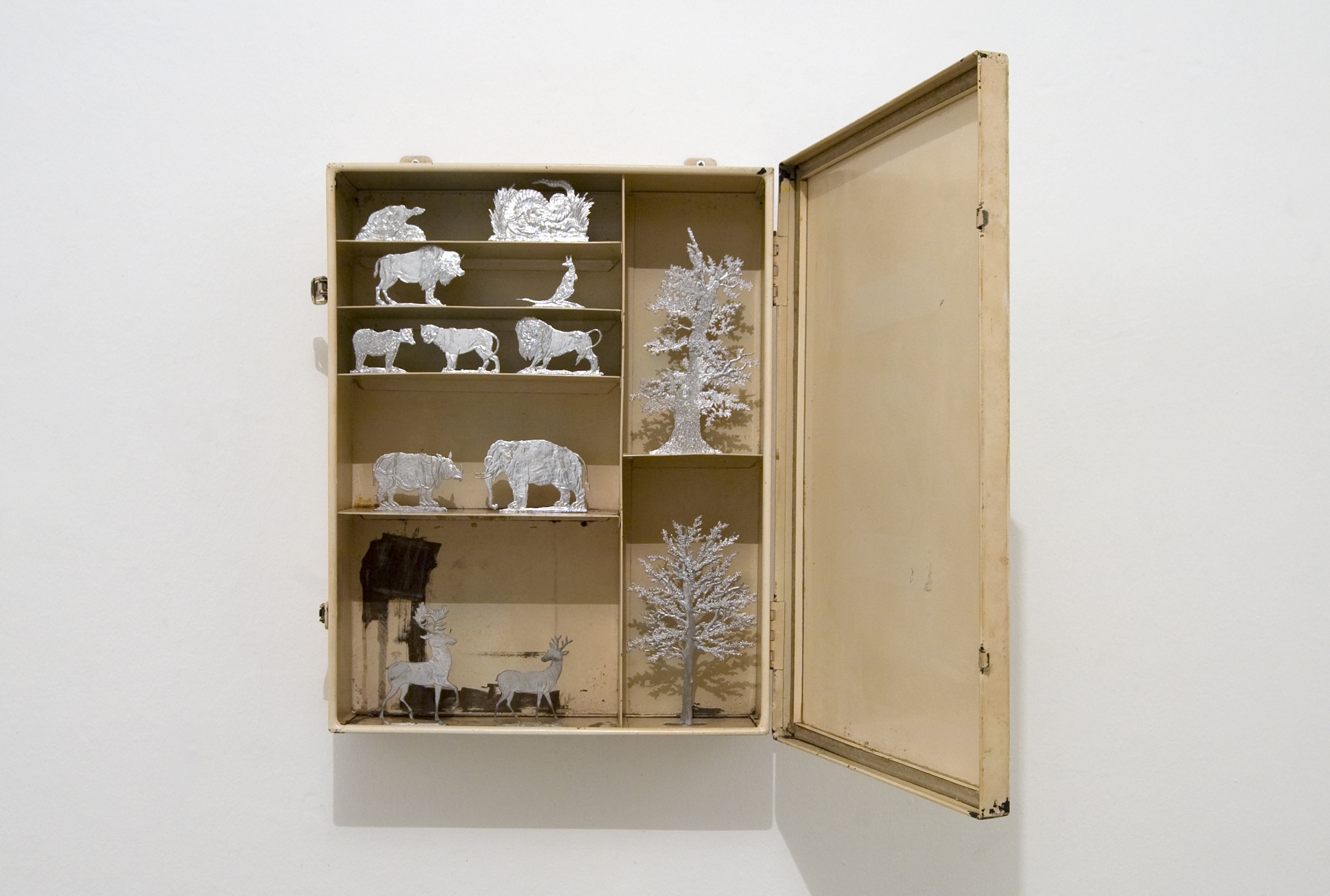How can collecting and selecting things to exhibit in museums reflect politics and power? These and similar issues have been questioned by the two artists featured in this lecture.
Joseph Cornell (1903–1972) was self-taught artist, one of the rare American born and based surrealists. His friendship with the European exiles who formed the surrealist milieu in New York, influenced his own artistic interests. In the 1930s, Cornell began making his first art objects, including “boxes” which became his signature medium over the next few decades. A passionate collector and connoisseur of rarities, throughout his life Cornell gathered antique things, fusing them into assemblages and exhibiting a-la wonder room pieces. He took part in many significant Surrealist shows, despite considering his approach too rational compared to his fellow artists’ interest in magic and the unconscious. Cornell’s boxes, or assemblages invite the spectator to delve into imaginary worlds. The artist, however, never left the U.S. and, apart from several years at the university, lived his entire life in New York City.
Mark Dion (b. 1961) is a contemporary American sculptor and installation artist. In his pieces, Dion explores ways of representing natural processes and the mechanisms of charging nature with ideology. His main themes are ecology, archaeology of knowledge and the role of institutions, as well as certain individuals, in selecting and exhibiting cultural phenomena. His installations often look like cabinets of curiosities or national history museum rooms, which relates his post-conceptual practice to what Marcel Broodthaers was doing back in the 1960s and 1970s. In 2012, Dion was invited to do a project for dOCUMENTA 13 resulting in the work Хylotheque Kassel, which afterwards traveled to New York and several European museums. He has also become known for his original public art installations. A multi-award-winning artist, Dion teaches at Columbia University. He lives and works in New York and Pennsylvania.
